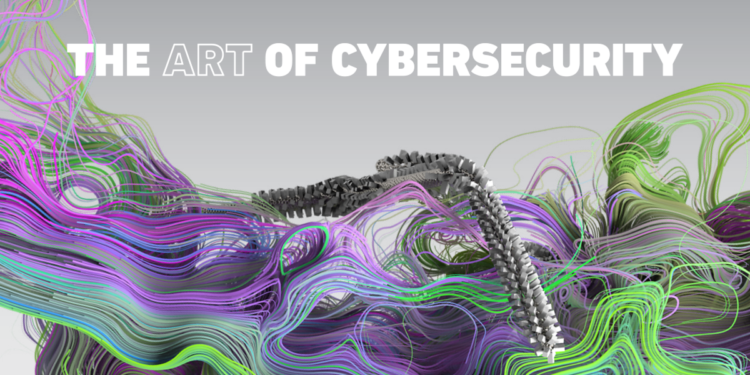Cybersecurity is a relatively new field of study in academia. Many colleges and universities do not offer cybersecurity as a major yet. However, this trend is going to change over the next decade. Cybersecurity is becoming more known throughout the U.S. and many other territories that have fallen victim to significant cyberattacks. Hackers and their malicious code can reduce or halt business operations in ways that can cost organizations time and money in order to mitigate the damages. While most people’s perception of cybersecurity is based on its connection to politics and potential acts of war, it is important to highlight how it has an impact on the Arts, Entertainment, and Recreation sector.
Arts organizations are dependent upon data just like any other company. Even though many arts organizations tend to be non-profit, it is important to understand that it does not require a reduction in the use of cybersecurity and technology. If a cyberattack were to occur at an arts organizations it could breach, destroy or rearrange critical data that is essential for business operations like box office ticket sale data, scenic design information, schedules, list regarding the implementation of technical resources like lighting and sound equipment, donor and subscriber resources, and many other data points. Since data is crucial for arts organizations, it is safe to assert that cybersecurity policies and enforcement can protect not only the data regarding how to design and implement creations, but also the artwork itself. Especially for artist that create digital art; it is significant for them to understand that cybersecurity policies can go a long way in helping them ensure that their designs are not stolen by hackers or other malicious actors.
Arts organizations need to decide on what type of technology they need to implement in order to secure data and prevent it from being hacked. A good place to start is to look at the computer hardware that will be used at the organization. It is commonly asserted that computers running Windows operating systems have more inherent vulnerabilities than those running macOS. Windows computers are by far more frequently used at any type of company as the business hardware options for these devices tend to be affordable, reliable and more secure than Windows computers used for home use.
Apple has done an excellent job in the creation of all of its technology, particularly over the last couple of decades. Apple is now using the most secure microchips that they can find in order to provide their users with a secure user experience. They are now using the “T2” microchip that is effective at preventing cyberattacks at a hardware level. The reason why many business choose to go with Windows is because it is more affordable and more flexible in terms of the customizations that can be made within the operating system. Since most Windows computers do not have a security chip like “T2”, it is necessary for them to provide extra security for data by installing security programs on the application level. There are many different types of security software that a Windows machine can use in order to try to close the security gap that it has with Apple products.
Once the decision is made regarding the type of hardware that will be used, the place to look next would-be additional hardware and software options. Computers at arts organizations should implement firewall settings, a virtual private network, intrusion detection prevention devices, security software and other components. This will provide solid protection for computers and their networks on a continuous basis. The successful implementation of these devices and applications can establish a strong cybersecurity framework for organizations. It can also provide security for any artwork that is connected to computers using internet connections.
Even though cybersecurity as a field of study and career may not be something that many people think about, it is something that is crucial to the success of any organization. While Windows is used more frequently for business, Apple is doing an exceptional job of providing security for their products. If they can find a way to make them more cost-effective for businesses then they would be applied more often. Apple’s products and services are getting users prepared for emerging technologies in cybersecurity like biometrics, two-step authentication, and encryption.


